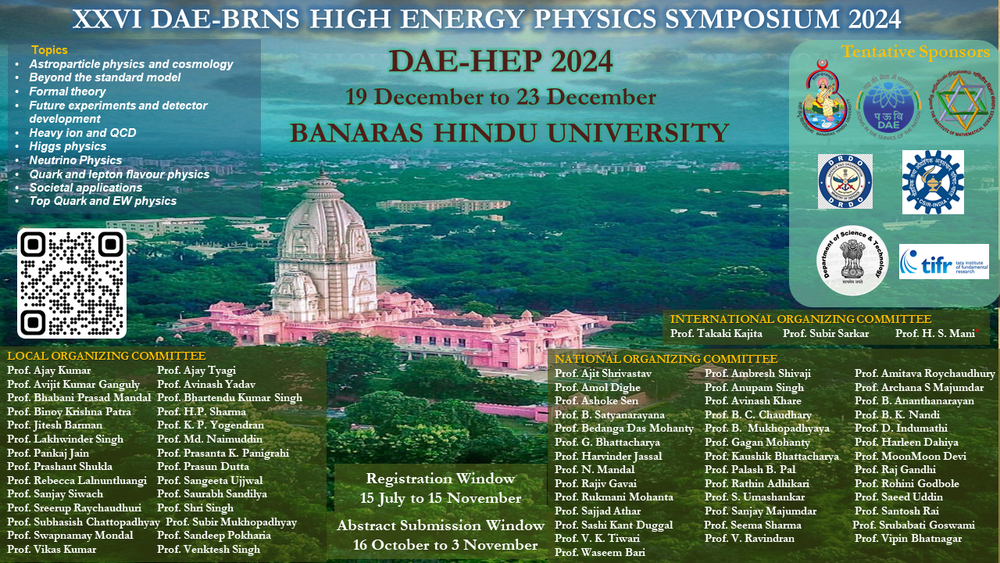Speaker
Description
Active Galactic Nuclei (AGN) are astrophysical sources powered by the accretion of material onto supermassive black holes at the centers of galaxies, emitting energy across the entire electromagnetic spectrum. AGNs often exhibit significant variability at different wavelengths, spanning timescales from minutes to years. Micro-variability can occur on minute scales, intra-day variability over hours, and long-term variability over months or even years. Rapid changes in brightness can be driven by various mechanisms, such as magneto-hydrodynamic instabilities in the accretion disk or jets, shocks, or magnetic reconnections within the jets, and even relativistic effects influenced by the jet’s orientation. A clear trend was observed when the variability time scale of AGN was plotted as a function of their black hole mass. This highlights a link between the accretion disc and the relativistic jet, a connection similarly observed in microquasars. In our study, we analyzed AGNs, including 7 blazars, 1 radio galaxy, 1 narrow-line Seyfert 1 galaxy, 2 unclassified blazar candidates, and 2 microquasars, using gamma-ray data. Our findings provide indirect evidence supporting a universal scaling law, suggesting that the mechanism responsible for jet production is independent of black hole mass.
| Field of contribution | Theory |
|---|

